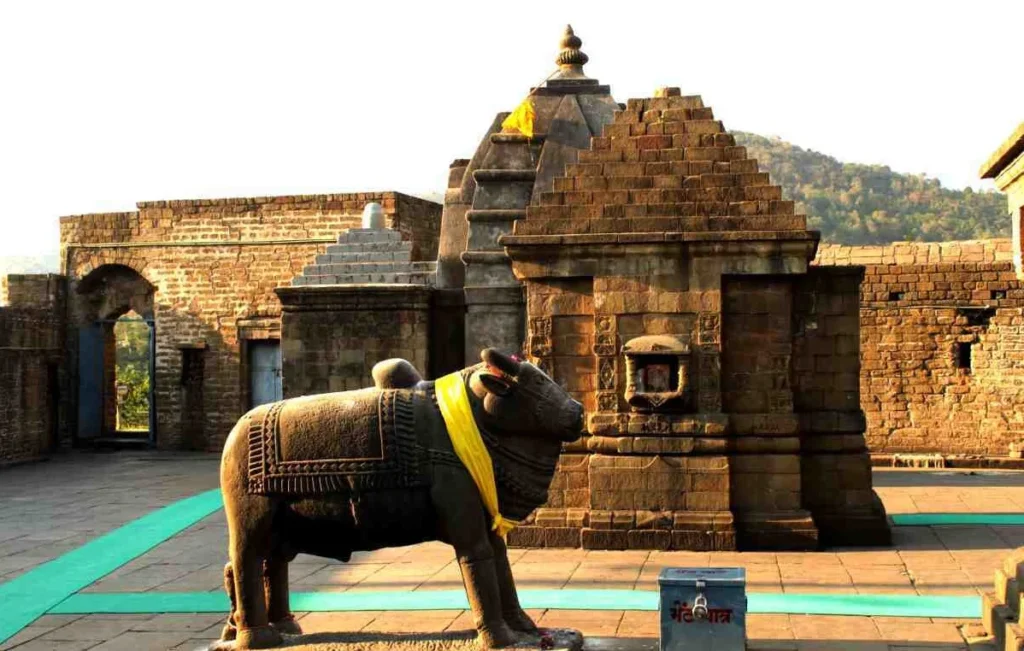Discover Baijnath

About Shiv Temple Baijnath

Situated on the foothills of the Dhauladhar Ranges on the left bank of the river Binwa lies Baijnath. Originally known as Kiragrama, Baijnath was a frontier post, as far back as the beginning of the 13th century. The name suggests that the village owes its origin to a settlement of Kiras, a war-like tribe from Kashmir. It is believed that during the Treta Yug, Ravana tried to propitiate Lord Shiva by performing penance at Kailash. When his prayers went unanswered he went to Kurah (believed to be Manimahesh in Chamba Distt.) and started sacrificing his ten heads. Lest he attained Rudra status and became immortal and invincible, the Devas prayed to Lord Shiva to stop Ravana, . At the behest of the Devas, Shiva not only stopped Ravana but also restored his ten heads and hence came to be known as Shri Vaidyanath. On being granted a boon by Shiva, Ravana asked for incomparable power and permission to carry him and consecrate him in Lanka. Shiva agreed but on the condition that they should not stop on the way. On Ravana’s request, Shiva assumed the form of a Ling in two parts. Putting the parts in a carry basket Ravana started walking south.
Fairs & festivals at Shiva Temple baijnath

Maha Shivratri
`Laghu Rudra’ yagna is performed during which 1100 path are performed. The town witnesses a five day State level fair. The towns of Baijnath and Paprola are illuminated and the Shiv Temple is decorated with flowers and colorful lights. Cultural Functions are held in the Indira Gandhi Stadium for five days and a mela goes for several days near Shiv Temple. Havan is performed in the temple for the welfare of universe.
Makar Sankranti
Pure ghee is laden on the Ling to form a column. Celebrated for 8 days its called Ghrithmandal. In this festival a gritmandal (column of butter) is placed on the Shiv Ling for 8 days. The butter for the gritmandal is prepared by washing desi ghee with water. On removal of gritmandal, the butter which is believed to have medicinal importance is distributed among the devotees.

History of Shiva Temple Baijnath
The history of the temple itself is given in the two long inscriptions fixed in the walls of the mandapa of the temple. Accordingly we are told that Kiragrama (modern Baijnath) situated on the bank of the river Binduka was a part of Trigarta (the territory lying between the rivers Ravi and Satluj, roughly represented by districts of Kangra and Jalandhar) under the suzerainty of king Jayachandra, the overlord of Jalandhara. Under him a Rajanaka (local chief) Lakshmanachandra, who was matrimonially related to Jayachandra from his mother’s side, was ruling over Kiragrama. Genealogy of Lakshmanachandra (see box) is given in these inscriptions.
At Kiragrama resided two brothers, Manyuka and Ahuka, sons of a merchant named Siddha. Their genealogy up to fourth generation is also mentioned in the inscriptions (see box). They out of their devotion to Siva Vaidyanatha constructed the temple under discussion in Saka 1126 (CE 1204). They also donated a machine for extracting oil, a shop and some land in the village called Navagrama (modern Nauri near Baijnath) to the temple. The Rajanaka Lakshmanachandra and his mother also made some donations to the temple in the form of money and land respectively.





